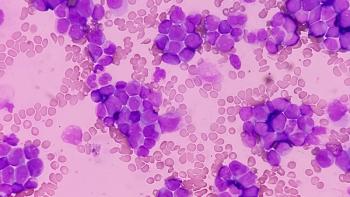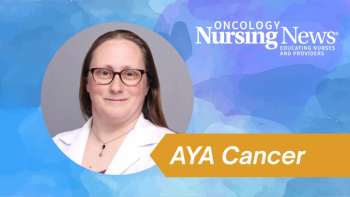
Telephone Follow-Up Doubles Heart Screening Rates Among Survivors of Childhood Cancers
When trained, advanced practice nurses followed up written heart screening guidelines with telephone calls to survivors of childhood cancers, screening uptake more than doubled among those who received the telephone-based counseling.
When trained, advanced practice nurses followed up written heart screening guidelines with telephone calls to survivors of childhood cancers, screening uptake more than doubled among those who received the telephone-based counseling.
It is estimated that 328,000 Americans were aged ≤20 years when their cancer was diagnosed. The pediatric cancer survival rate now approaches 80% and is rising—underscoring the need to understand and address why more survivors do not get recommended heart screenings to detect cardiomyopathy early when interventions can make the most difference.
The research, led by investigators at St. Jude Children’s Research Hospital, focused on adults whose childhood cancer treatment put them at risk for a variety of heart problems, including cardiomyopathy, which can lead to heart failure and other health problems. Survivors treated with chest irradiation and/or anthracycline-based chemotherapy drugs are predisposed to cardiomyopathy before middle age, with the risk increasing with the cumulative dose of either therapy alone or in combination.
The study, published online ahead of print November 3, 2014, in the Journal of Clinical Oncology, enrolled survivors participating in the Childhood Cancer Survivor Study (CCSS) aged ≥25 years who had received cardiotoxic therapy with no prior cardiomyopathy screening over the past 5 years (n = 472; mean age 40.1 years; range 25-59 years).
Participants were then randomized equally to receive standard care, comprised of a written survivorship care plan (SCP) that included general cancer treatment and heart health screening recommendations (n = 234; non-APN arm), or standard care with the addition of two telephone counseling sessions (n = 238) from an advanced practice nurse (APN arm).
In addition to the mailed SCP that survivors received in the non-APN arm of the study, those in the APN group received two phone calls from an APN at 1 and 3 weeks after receiving their individualized SCP in the mail; after each call, the survivor received a follow-up letter recapping the counseling session.
The researchers noted that the telephone counseling sessions were geared to address barriers to cardiomyopathy screening which survivors are known to experience. These include:
- Health knowledge deficits
- Perceptions of risk based on the cancer treatment they received
- Fear and anxiety about undergoing cardiomyopathy screening and what the tests might reveal
- Issues of access, eg, insurance, communication with a primary care provider, and identification of screening facilities
After 1 year of follow-up, 205 survivors in the APN group (52.2%) completed the primary outcome of the study (cardiomyopathy screening within 1 year), compared with 22.3% in the non-APN—counseled group. When researchers adjusted for sex, age (<30 vs ≥30 years), and the survivors’ Children’s Oncology Group–recommended risk-based screening frequency (annual, 2 years, or 5 years), survivors receiving the APN counseling were more than twice as likely to get the recommended cardiomyopathy screening versus those in the standard care–only cohort.
"This intervention offers a model for how to motivate other cancer survivors, including survivors of adult cancers, to be more proactive about their health," said the study's first and corresponding author Melissa M. Hudson, MD, who directs St. Jude’s Cancer Survivorship Division and co-leads its Cancer Prevention & Control Program. "This study shows that by understanding and addressing the concerns and obstacles survivors face to acting on screening recommendations, medical providers can increase the number of survivors who get this potentially life-saving test."
Hudson and colleagues concluded that “this method of intervention provides pediatric cancer follow-up centers with a long reach to their survivor population that can be adapted to support other health-protective screening in other at-risk survivor populations.” Study authors noted that future research will assess interventions involving electronic and mobile applications which may further facilitate survivors’ interface with healthcare providers.
Newsletter
Knowledge is power. Don’t miss the most recent breakthroughs in cancer care.
















































































